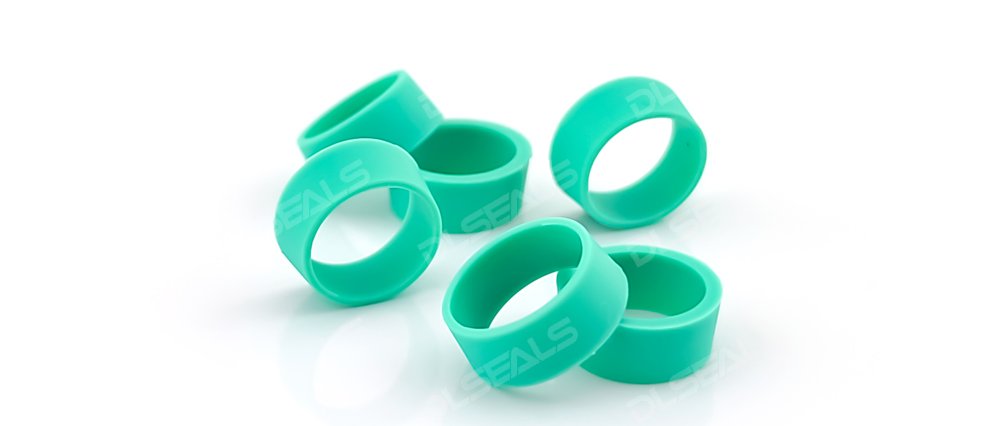Rubber seals play a crucial role in various industrial applications, ensuring leak-free operations and longevity of machinery. However, their performance can be significantly influenced by environmental factors. Understanding these factors is essential for optimizing seal selection and maintenance practices.
1. Temperature Extremes
Rubber seals are sensitive to temperature fluctuations. Extreme heat can cause rubber to harden and lose elasticity, leading to cracks and failure of the seal. Conversely, severe cold can make rubber seals brittle and prone to cracking upon impact or movement. Proper material selection based on operating temperature ranges is critical to prevent these issues.
2. Chemical Exposure
Exposure to chemicals such as oils, solvents, acids, and alkalis can degrade rubber seals over time. Chemical compatibility charts should be consulted to ensure the seal material can withstand exposure to specific substances without swelling, shrinking, or losing its sealing properties. Regular inspections and replacements may be necessary in environments with frequent chemical contact.
3. UV Radiation
Outdoor applications expose rubber seals to ultraviolet (UV) radiation from sunlight. Prolonged UV exposure can cause the rubber material to deteriorate, leading to surface cracking and reduced flexibility. UV-resistant rubber materials or protective coatings can mitigate these effects and extend the seal’s lifespan in outdoor settings.
4. Moisture and Humidity
High humidity and moisture levels can accelerate rubber degradation, especially in seals exposed to outdoor or damp environments. Water absorption can cause swelling and dimensional changes in the seal, affecting its ability to maintain a tight seal. Choosing moisture-resistant seal materials and implementing proper drainage and ventilation can help mitigate these issues.
5. Mechanical Stress
Rubber seals in dynamic applications are subjected to mechanical stresses such as compression, tension, and friction. Improper installation, excessive movement, or high pressure can lead to premature wear, abrasion, and seal failure. Ensuring proper seal design, material hardness, and lubrication can minimize mechanical wear and extend seal life.
Conclusion
Environmental factors significantly impact the performance and longevity of rubber seals. By considering temperature ranges, chemical exposure, UV radiation, moisture levels, and mechanical stresses during seal selection and maintenance, industrial operations can optimize seal performance, reduce downtime, and enhance equipment reliability.
Understanding these environmental factors and their effects on rubber seals is crucial for engineers, maintenance personnel, and decision-makers tasked with ensuring efficient and reliable machinery operations across various industries.
Post time: Jul-02-2024

